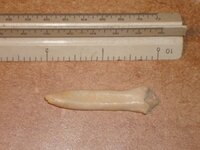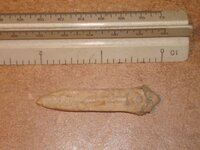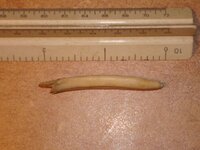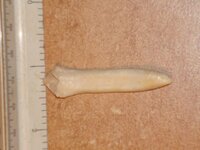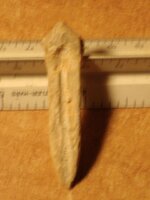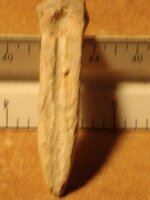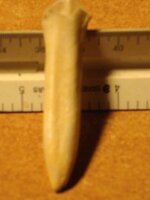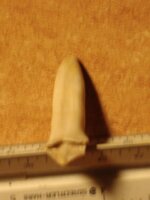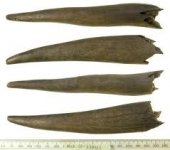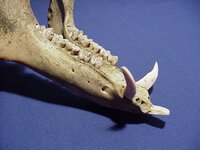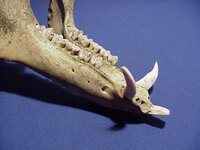outlawatheart
Hero Member
I found this while hiking in New Mexico around the Clovis area. It was found in the side of a wash bank about 10 feet from the surface in loose rock strata.
Would love to know what it is and what animal it is from.
Would love to know what it is and what animal it is from.


